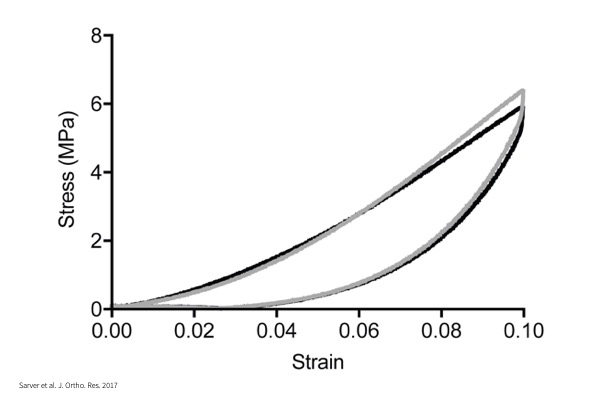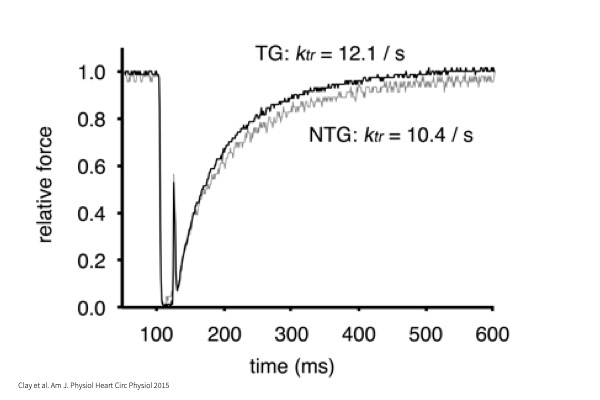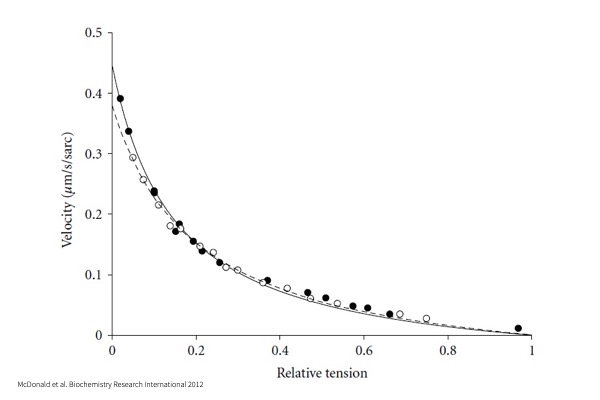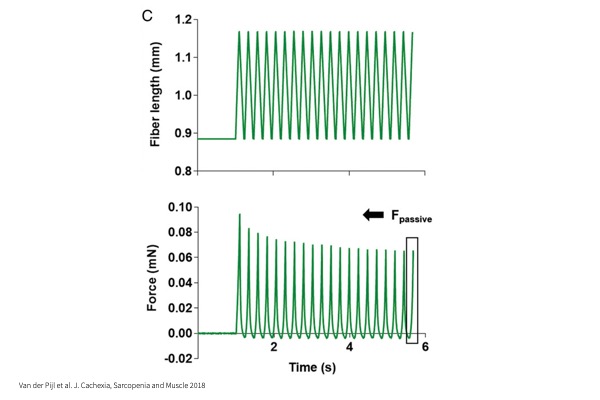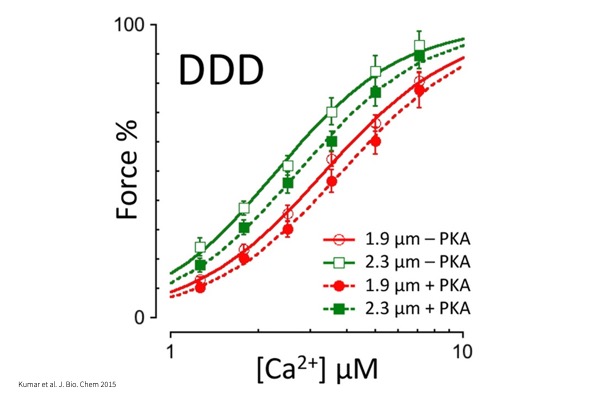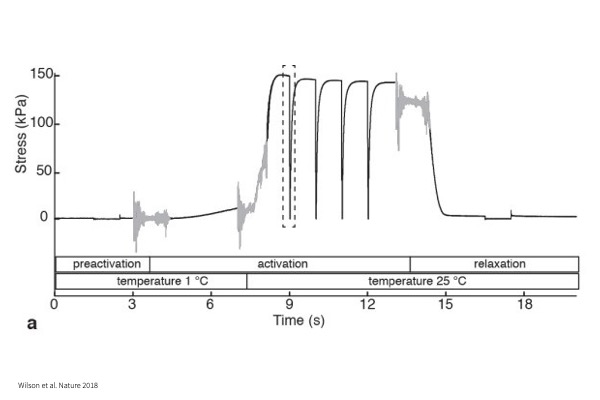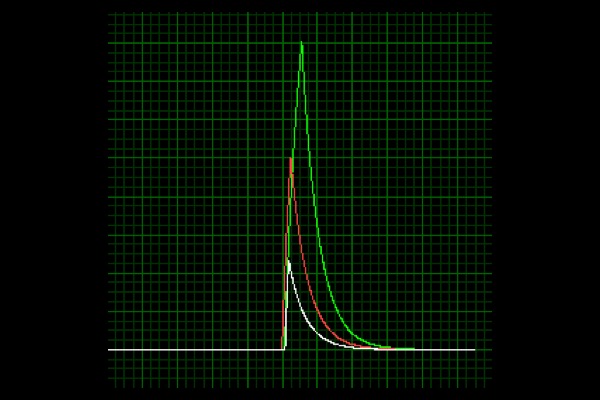Aurora Scientific offers several different test systems to evaluate the various structural levels of muscle. However, there are many examples of these systems being used for other types of compliant tissues and materials. Most of these systems are able to work with a multitude of different samples and perform a wide array of experiments.
This blog is meant to be a quick, comprehensive guide to what research has been done with the 1400A/1405A/1410A/1415A Permeabilized Fiber System and a primer for anyone searching for the most appropriate muscle test system based on their specific research objectives.
This blog is part of a collection – click below to view other guides by system type:
1200A/1205A Isolated Muscle Systems for Mice and Rats
1300A/1305A/1310A Whole Animals Systems for Mice, Rats, Dogs, Pigs and Other Large Animals
1500A/1510A/1530A Small Intact Isolated Muscle System
1600A – Permeabilized Myocyte System
1400A/1405A/1410A/1415A Permeabilized Fiber System
The 1400A family of systems are meant to be used with permeabilized (de-membranated) fibers. These fibers can be from skeletal, cardiac or even smooth samples. Virtually any muscle can be used with the 1400A as practical limitations for attaching to a whole muscle no longer apply. If a biopsy can be taken from a muscle sample, fibers can be harvested for experiments. Single permeabilized fiber mechanics are also unique in that unlike whole muscle, they are not typically activated electrically but rather with a calcium solution gradient. Contractile mechanics parameters must therefore be measured by applying fiber shortening as contraction rates are limited by the diffusion of calcium into the fiber. For those people working on living fibers there exists a special variant of the system with a larger bath and custom constructed electrodes.
To download a chart of the information below, click here!
Common Samples:
Skeletal Muscle:
- Single or small bundle of de-membranated fibers
- Any muscle can be tested
Cardiac Muscle:
- Single or small bundle of de-membranated fibers
- Commonly trabeculae or papillary muscle bundles of fibers
Smooth Muscle:
- Single or small bundle of de-membranated fibers
- Commonly bladder, colon, vaginal or vascular bundles or fibers
Common Experiments:
Max Tension:
Tension produce by fiber when maximally activated with Calcium.
Force – pCa (Skeletal or Cardiac):
Maximum tension produced by fibers when activated with a series of Calcium concentrations to elucidate Calcium sensitivity.
kTR:
Time to tension redevelopment whereby fiber undergoes maximal activation in calcium followed by a rapid shortening to zero load and return to original fiber length.
Force-Velocity:
Maximal fiber activation in Calcium followed by a series of force clamps to a percentage of maximum force, allowing for measurement of shortening velocity.
Length – Tension:
Incrementally increasing fiber length or sarcomere length to measure maximal force generation.
Stiffness:
Passive sinusoidal lengthening and shortening of muscle to assess the inherent stiffness of the tissue.
Frank-Starling (Cardiac):
Length-dependent activation of single fibers and its effect on Calcium sensitivity.
Force-Temperature Relationship:
Assessing the effect of temperature on maximum force development by quickly jumping the fiber between warm and cold Calcium solutions.
Twitch Force (Intact Cardiac, Skeletal):
Single impulse designed to elicit contraction of a single or small number of muscle fibers within a bundle.


